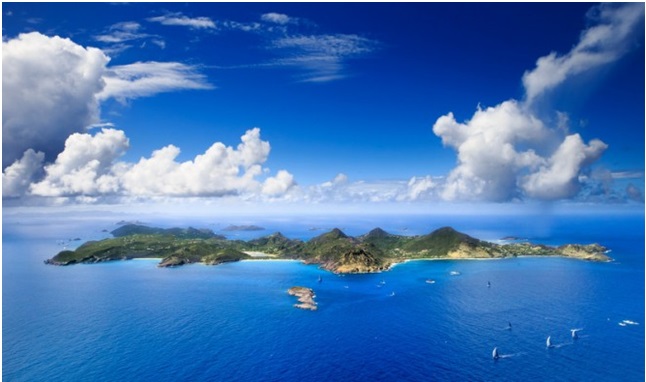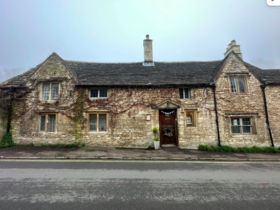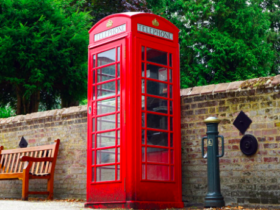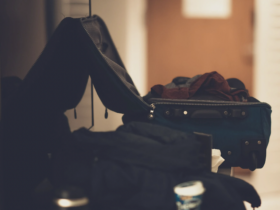The variety and beauty of the landscapes distinguishing the volcanic island of St. Barts in the Caribbean is impressive. Long stretches of white-sand beaches, salt flats that mirror the bright blue of the sky, natural coves with endless shades of blue, jagged cliffs shimmering in the sun, and a rich, well protected, underwater world with one of the most beautiful coral reef on the planet are just some of the charms of this island that make it a dream land not only for naturalists and environmentalists but also everybody that appreciates the natural world.
Long before people started worrying about the ecology elsewhere, St. Barts had already created a marine park and under-house cisterns to collect rainwater, while also begun recycling household trash, made sure its beaches were cleaned regularly, and took initiatives to lower the energy consumption with the use of low-energy lamps, to name just a few, as a means to help protect the environment. These efforts continue to date, allowing the discovery of staggering panoramas of the neighboring islands and the ocean, the many land creatures that pop right out of the multi-colored tropical flora so unexpectedly, and the exploration of the alluring undersea kingdom.
If you are looking for eco frendy villa rental in St Barts, there are many in wood.
St.Barts: Are the “Good Old Days” really that old?
Before St. Barts became a popular tourist destination, native islanders talk about how the used to led a simple life, where they could trade essentials with one another and eat fresh fish, veggies, and fruits they cultivated in their gardens.
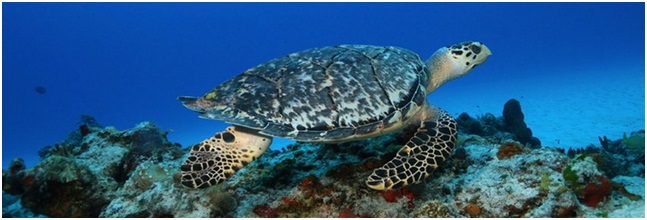
After the introduction of tourism to the island, one could expect the evolved lifestyle would make locals turn their backs on favorite pastime and the focus on protecting the ecosystem. This could not have been further from the truth, though. The population here is still close to nature and cares deeply for their natural heritage. You will still see fishermen (both professional and novice – tourists and locals alike) using the very same traditional fishing methods their ancestors were using. It is no wonder that fish such as wahoo and mahi-mahi continue to swarm the waters surrounding the island.
However, the big step towards protecting the aquamarine life came in the late 1900s, with the creation of a Marine Park that has divided the island into 5 protected underwater zones, where gathering and fishing of particular species is controlled, and professional fishing is regulated by stringent laws. That aside, boats are allowed to be moored in specified mooring blocks in the bays of Petit Cul-de-Sac, Colombier, and Fourchue in order to protect the sensitive ocean bottom.
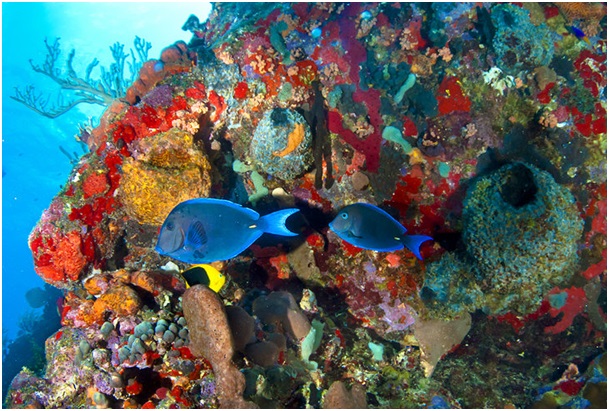
Add to that the fact that since 1998, the steam produced by a state-of-the-art incineration used to recycle household trash is used to desalinate water, which is a system not used anywhere else in the Antilles, and you begin to get an idea of the deep Eco-consciousness possessed by everybody living on or ruling the island.

